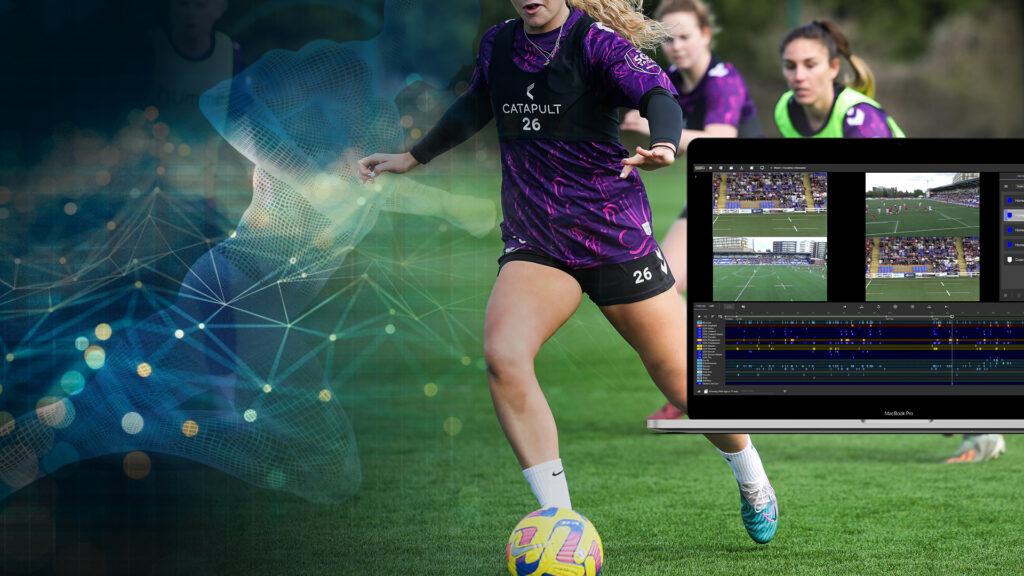Effective Techniques for Video Interviews in Hiring

Strong 8k brings an ultra-HD IPTV experience to your living room and your pocket.
In the dynamic world of hiring, video interviews have emerged as a very useful tool that has revolutionized the way businesses interact with potential candidates. Face-to-face interviews and lengthy in-person sessions have been replaced with more flexible, efficient, and scalable options. Video interviews allow employers to find the best candidates from anywhere in the world while saving time and money because they can reach a wider range of candidates.
What is a video interview for employment purposes?
Using video conferencing technology to conduct job interviews is known as "video interviewing" in recruitment. Employers can communicate with candidates remotely with this strategy; there is no requirement for physical presence. Video interviews can be recorded so that candidates can answer pre-arranged questions whenever it is most convenient for them, or they can be live, with both sides interacting in real time.
Video interview types include:
1. One-Way Video Interviews: In this style, applicants videotape their answers to questions that have been pre-planned. These recordings are later reviewed by employers, which facilitates effective screening of a huge number of candidates. Sometimes these one-way interviews are referred to as "on-demand video interviews". These are designed to help a recruiter at the initial stages of the recruiting process get a more accurate view of a prospect.
2. Live video interviews: These take place on websites like Zoom, Microsoft Teams, or Google Meet and are done in real-time. They are conducted virtually, simulating in-person interviews but with the advantage of instant communication and engagement.
Benefits of conducting interviews via video
Video interviews, which provide several advantages to both companies and individuals, are now an essential component of the hiring process. The following are the main benefits of video interviews:
1. Financial Savings
Employers and candidates can save a great deal of money on travel, lodging, and other related expenses by using video interviews. This is especially helpful when conducting interviews with applicants from several cities or nations.
2. Time Management
Scheduling is made easier with video interviews. Without having to travel, recruiters and candidates may choose times that work for them, which speeds up the interview process and reduces the time it takes to employ someone.
3. A Greater Talent Pool
Employers can connect with candidates worldwide through video interviews. This increased accessibility facilitates the hiring process by enabling the finest personnel to be located anywhere, thereby fostering diversity and inclusiveness.
4. Adaptability
One-way video interviews allow candidates to finish the process at their convenience and minimize schedule difficulties. Recruiters benefit from this flexibility as well, as they may watch the recorded interviews whenever it suits them.
5. Equitable and Consistent
By using video interviews to standardize the interview process, all candidates will be asked the same questions in the same way. This uniformity encourages impartial assessment and lessens prejudices.
6. Improved Inspection
Recruiters can screen more prospects faster with pre-recorded video interviews. Before advancing an applicant to the next round of the recruiting process, they can rapidly determine if they satisfy the prerequisites.
Effective Techniques for Video Interviews
To optimize the advantages of video interviews and guarantee a seamless, productive hiring process, it is imperative to implement best practices and strategic approaches. The following are some effective methods for doing video interviews:
1. Choose the Appropriate Platform
Selecting a trustworthy video interviewing platform is essential. High-quality audio and video features, user-friendliness, applicant tracking system (ATS) integration, and robust technical support are what you should look for. HireVue, Spark Hire, Microsoft Teams, Zoom, and HireVue are popular choices.
2. Make a thorough preparation
Make sure that candidates and interviewers are both adequately prepared. Give them thorough directions on how to utilize the video platform, including advice on how to test their microphone, camera, and internet connection. A list of questions or subjects to cover during the interview should be provided, along with a clear agenda.
3. Establish a Formal Setting
Establish a calm, well-lit area where the interview will take place. Make sure there are no distractions and that the background is tidy. Candidates should be advised to follow suit and give pointers on how to put up a polished interview environment.
4. Make the Process Standard
Create a uniform interviewing procedure to guarantee impartiality and consistency. For each candidate, use a predetermined set of questions and evaluation standards.
5. Involve and Establish rapport
Making the candidate feel at ease and interested is crucial, even when communicating over a screen. Make sure to look directly into the camera, maintain eye contact, project a good attitude, and demonstrate active listening by grinning and nodding. Ask a few icebreaker questions to help reduce any initial anxiety.
6. Make Good Use of Technology
Make the most of your video platform's features to improve the interview process. Use screen sharing, for instance, to administer a technical test or examine a candidate's portfolio. When reviewing the interview later or sharing it with other decision-makers, make use of the recording features (with consent).
7. Consistently Assess
To rank candidates, use a scorecard or standardized assessment form. This guarantees impartial evaluation and facilitates equitable comparison of candidates. Add requirements like proficiency with technology, capacity for problem-solving, communication skills, and cultural fit.
8. State Expectations and Instructions
Make sure that candidates are well informed about the interview process, including the type of questions that will be asked, the length of the interview, and what to expect. This lessens worry and aids in applicants' proper preparation.
9. Respond Quickly
Following the interview, get in touch with the candidates right away. If at all feasible, give them feedback and let them know what's coming up and when. This keeps candidates interested in the process and contributes to a great candidate experience.
10. Ongoing Enhancement
Review and modify your video interviewing procedure regularly in response to interviewers' and candidates' input. To continuously improve your strategy, look for areas where it may be improved, such as technological issues, interview material, and the entire experience for candidates.
In summary
You can optimize your video interviewing process and make sure it is productive, fair, and efficient by putting these proven ideas into practice. A well-done video interview not only makes your company seem like a desirable place to work, but it also aids in finding the top candidates. Accept these guidelines to make the most of video interviews for your hiring process.
Note: IndiBlogHub features both user-submitted and editorial content. We do not verify third-party contributions. Read our Disclaimer and Privacy Policyfor details.







